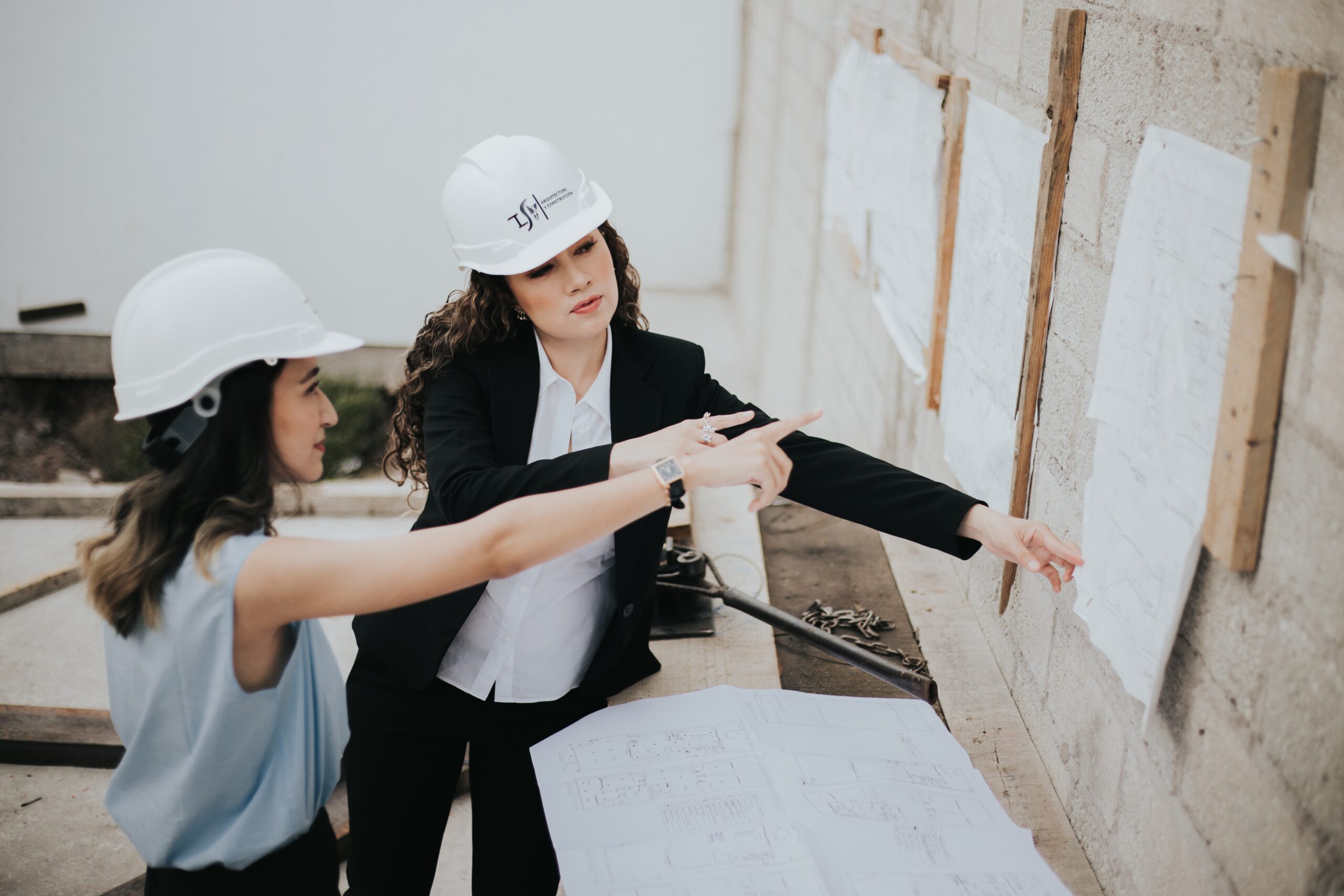In the rapidly evolving field of architecture, professionals constantly seek innovative tools to streamline their workflow and enhance their design process. Among the essential tools embraced by modern architects, format printers have emerged as a game-changer. These advanced printing devices offer a range of benefits to print architectural plans that traditional printing methods cannot match. In this article, you will explore eight compelling reasons why modern architects choose format printers to complete their tasks efficiently and effectively.
Precision and Detail: Architects strive to communicate their design vision accurately, and format printers enable them to achieve precise and detailed prints. With high resolutions and advanced printing technologies, format printers can reproduce intricate architectural drawings with exceptional clarity. This attention to detail allows architects to showcase their designs impressively and professionally.
Large-scale Printing: Traditional printers often have limitations when printing large-format documents, such as blueprints and site plans. On the other hand, format printers are specifically designed to handle these large-scale prints. This capability enables architects to present their designs on a grand scale, providing a comprehensive view of the project and aiding in better understanding and collaboration. Furthermore, format printers offer precise scaling options, ensuring that architectural drawings can be accurately resized to fit different print sizes without compromising image quality. This flexibility allows architects to adapt their designs for various presentation formats, whether a small-scale client meeting or a large-scale exhibition while maintaining the integrity and clarity of the original drawings.
Colour Accuracy and Vibrancy: Color plays a crucial role in architectural presentations, as it conveys the mood, materiality, and overall aesthetic of a design. Format printers excel in reproducing vibrant and accurate colours, allowing architects to showcase their designs in their most accurate form. Whether showcasing the play of natural light or accurately representing material textures, format printers ensure that colours are rendered faithfully, enhancing the overall impact of the design.
Efficient Workflow: Time is of the essence in the architectural profession, and format printers significantly contribute to an efficient workflow. These printers offer fast printing speeds, allowing architects to generate multiple copies of their drawings quickly. Additionally, automatic paper cutting and stacking streamline the printing process, freeing up valuable time for architects to focus on other crucial aspects of their projects. Moreover, format printers often have advanced print queue management systems, enabling architects to prioritise and schedule print jobs efficiently. This feature ensures that time-sensitive tasks are promptly addressed, minimising delays and optimising the workflow. Additionally, remote monitoring capabilities allow architects to track the progress of print jobs from their workstations, saving time and improving overall project management.
Versatile Media Handling: Architects often work with a wide range of media types, including different paper weights, transparency films, and textured materials. Format printers are designed to handle various media options, allowing architects to experiment and choose the most suitable medium for their prints. The ability to print on diverse materials enhances the visual impact of architectural presentations and supports the exploration of different design possibilities.
Easy File Transfer and Printing: Modern architects rely heavily on digital tools and software to create their designs. Format printers seamlessly integrate with these digital workflows, allowing architects to transfer their files for printing quickly. With connectivity options such as Wi-Fi, Ethernet, and USB, architects can directly send their drawings to the format printer, eliminating the need for manual file transfers and ensuring a smooth transition from digital to physical representation.
Cost-effectiveness: While format printers may represent a significant initial investment, they offer long-term cost savings for architects. Traditional printing methods often incur additional expenses, such as outsourcing large-format prints or constantly replacing ink cartridges. On the other hand, format printers enable architects to print in-house, reducing outsourcing costs. Moreover, advancements in ink technology and energy-efficient printing options contribute to lower operating costs over time.
Environmental Sustainability: Sustainability has become a crucial architectural consideration, and format printers align with this focus on environmental responsibility. These printers often employ energy-saving features and offer options for duplex printing, reducing paper waste to print architectural plans. Additionally, advancements in eco-friendly inks further minimise the ecological impact of printing, allowing architects to contribute to a greener future. Furthermore, format printers incorporate sleep mode and automatic power-off to conserve energy when not in use, promoting energy efficiency in architectural offices. Additionally, the availability of recycled paper options and the use of water-based, low-VOC (volatile organic compound) inks contribute to reducing the carbon footprint associated with printing, making format printers a sustainable choice for environmentally conscious architects.
Conclusion:
Format printers have revolutionised the architectural industry, offering modern architects a range of benefits that traditional printing methods cannot match. The precision, large-scale printing capabilities, colour accuracy, efficient workflow, versatile media handling, easy file transfer, cost-effectiveness, and environmental sustainability provided by format printers have made them indispensable tools for architects. By embracing these advanced printing devices, architects can enhance their design presentations, streamline their workflow, and ultimately deliver outstanding results in their architectural projects.
